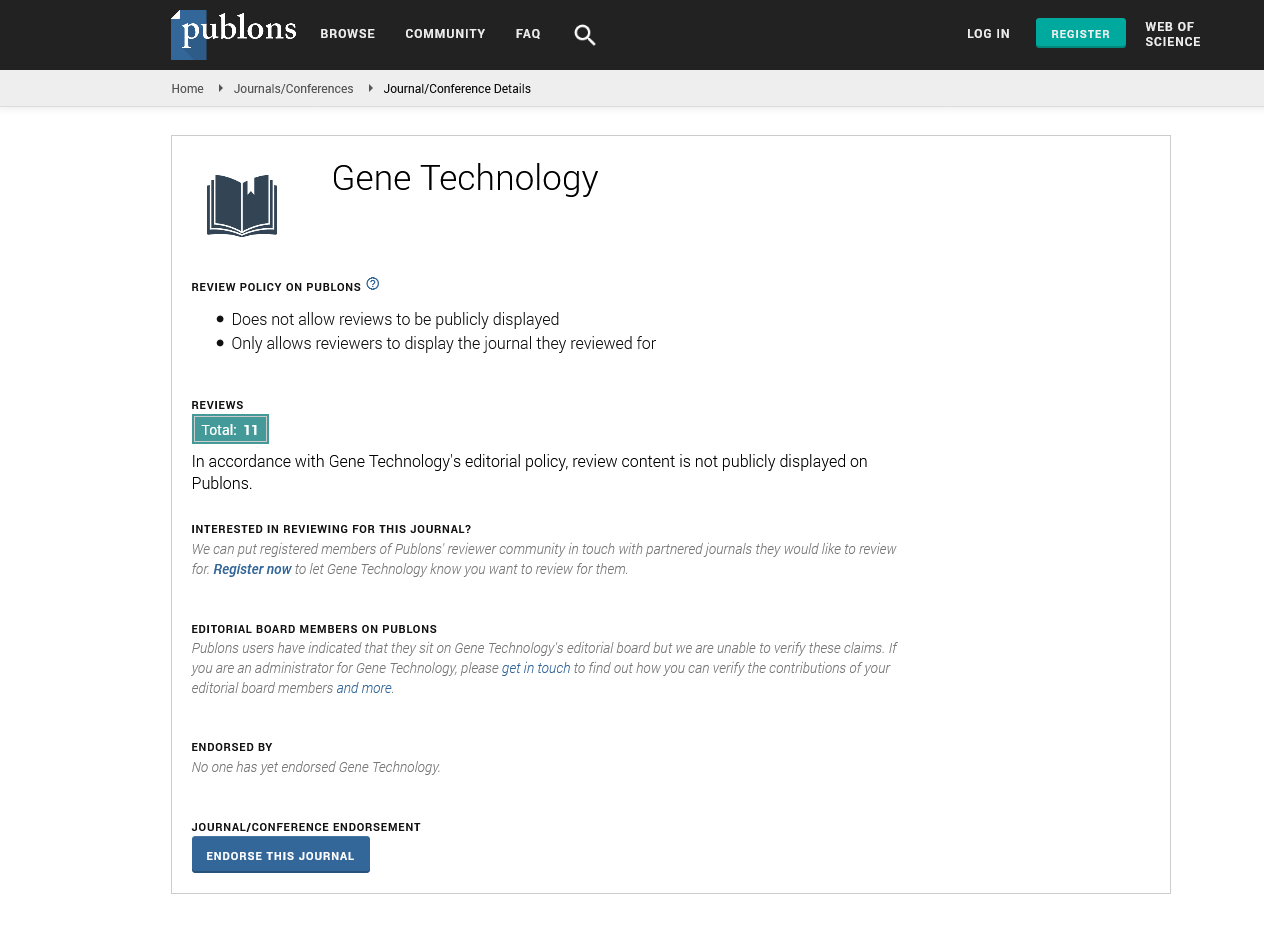PMC/PubMed Indexed Articles
Indexed In
- Academic Keys
- ResearchBible
- CiteFactor
- Access to Global Online Research in Agriculture (AGORA)
- RefSeek
- Hamdard University
- EBSCO A-Z
- OCLC- WorldCat
- Publons
- Euro Pub
- Google Scholar
Useful Links
Share This Page
Journal Flyer

Open Access Journals
- Agri and Aquaculture
- Biochemistry
- Bioinformatics & Systems Biology
- Business & Management
- Chemistry
- Clinical Sciences
- Engineering
- Food & Nutrition
- General Science
- Genetics & Molecular Biology
- Immunology & Microbiology
- Medical Sciences
- Neuroscience & Psychology
- Nursing & Health Care
- Pharmaceutical Sciences
Kameshwar P. Singh

Kameshwar P. Singh
Department of Environmental Medicine
University of Rochester, United States
Biography
Dr. Singh received his degree in Veterinary Medicine from Ranchi College of Veterinary Science and Animal Husbandry, Ranchi, India in 1968-74. He also received specialized Master of Veterinary Science in Veterinary Bacteriology (including Virology, Mycology and Immunology) degree in 1974-76 from Indian Veterinary Research Institute (Ruhelkhand University), Bareilly, India. He began his carrier at the Industrial Toxicology Research Center (CSIR, Govt. of India), Lucknow, India (1977-1992), where became the head of Preventive Toxicology Division and Environmental Microbiology Division. He was selected Raman Research Fellow from CSIR and received postdoctoral training at Department of Surgical Oncology, UCLA Center for Health Sciences, University of California, Los Angeles in 1989. He subsequently moved to the Institute of Chemical Toxicology, Wayne State University, Detroit, MI, where served as Senior Research Associate and later worked as Research Scientist in Immunology and Microbiology Division, School of Medicine, Wayne State University (1993-2004). He moved to Environmental Medicine Division, School of Medicine and Dentistry, University of Rochester in 2004 and joined as Faculty. Dr. Singh has published more than 75 papers and two books. Currently, he is member of Editorial Board of several research journals including Stem Cell Biology and Research, and Veterinary World.
Research Interest
Aryl hydrocarbon receptor (AhR) belongs to the basic helix-loop helix family of DNA- binding proteins. AhR sense molecules and stimuli from cellular environment and initiate signaling cascades to elicit appropriate cellular responses. Though it binds to a diverse group of environmental chemicals, food and food products, the most potent AhR ligand known is 2,3,7,8-tetrachlorodibenzo-p-dioxin (TCDD). TCDD exposure produces a wide range of biological effects in animals. Increased incidences of leukemia and lymphoma have been reported in human populations exposed to TCDD and other related environmental chemicals. TCDD is classified as human carcinogen by IARC. Although AhR activation by TCDD has been known for its effects on the various physiological functions, studies on the role of AhR in hematopoietic stem cells functions are lacking. Hematopoietic stem cells (HSCs) are responsible for maintaining homeostasis of blood cells by differentiating to hematopoietic progenitor cells and ultimately to mature immune system lineage cells. They also self-renew to keep a constant pool of HSCs. Premitive HSCs are highly sensitive to environmental chemical insults that produce aberrant changes in differentiation and proliferation leading to development of hematopoietic diseases. Current research aims are as follows:
1. Does Aryl hydrocarbon receptor activation induce changes in hematopoietic stem cell functions?
2. Does Aryl hydrocarbon receptor deficiency produce alteration in primitive hematopoietic stem cells function?
3. Does Aryl hydrocarbon deficiency promote early aging and hematopoietic diseases?

